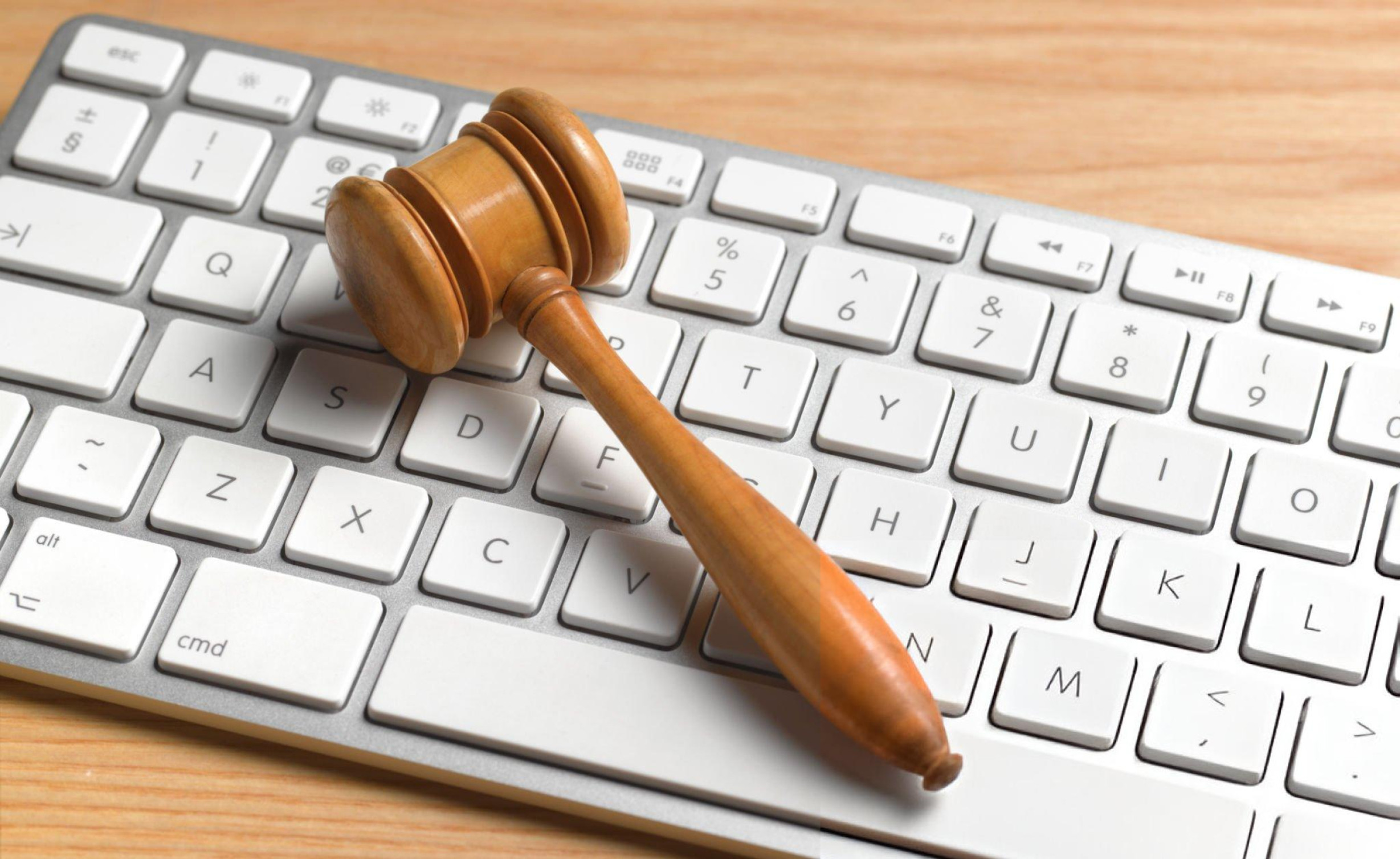As the world becomes increasingly digitized, cybercrime has evolved into one of the most pressing global threats. From ransomware attacks to identity theft, the digital age has given rise to sophisticated criminal tactics that exploit both individuals and large-scale organizations. In this blog post, we dive deep into the current landscape of cybercrime in 2025, the laws that govern it, the loopholes criminals exploit, and where liability lies.
What is Cybercrime?
Cybercrime refers to illegal activities carried out using digital devices or networks. These crimes can be categorized into
-
Financial crimes (phishing, credit card fraud, ransomware)
-
Data breaches (unauthorized access to personal or corporate data)
-
Cyberterrorism (disruption of critical infrastructure)
-
Online harassment (cyberbullying, stalking, revenge porn)
The Current Cybercrime Landscape (2025)

-
Ransomware-as-a-Service (RaaS) has become a booming black-market industry, with criminals selling or leasing out attack software.
-
Deepfakes and AI-generated scams are tricking individuals and even corporations.
-
Crypto fraud and NFT theft remain prevalent despite increased blockchain security.
-
State-sponsored cyberattacks target infrastructure, elections, and financial systems globally.
Cybercrime Laws Around the World

1. United States
The Computer Fraud and Abuse Act (CFAA) remains a key legal framework, though critics argue it’s outdated. In 2024, updates added specific provisions for ransomware and AI-based attacks.
2. European Union
The NIS2 Directive (Network and Information Security) expanded obligations for businesses to report cyber incidents, with hefty GDPR-like fines for non-compliance.
3. India
India’s Digital India Act (expected by 2025) aims to replace the outdated IT Act, addressing modern cybercrime, fake news, and platform accountability.
4. Global Efforts
Interpol and the UN are collaborating on cross-border cybercrime treaties to make enforcement smoother across jurisdictions.
Common Legal Loopholes in Cybercrime
-
Jurisdictional Barriers
Many cybercriminals operate internationally, making it hard for authorities to prosecute due to jurisdictional limits. -
Outdated Legislation
Laws often lag behind the pace of tech development, leaving new cyber threats unregulated. -
Anonymity & Encryption
Tools like VPNs, the dark web, and blockchain-based anonymity make it difficult to trace criminals. -
Corporate Negligence
Some companies don’t follow proper cybersecurity protocols, allowing attackers to breach systems with ease—yet often avoid liability.
Who is Liable in Cybercrime Cases?
1. The Hacker
If caught, they face heavy penalties including prison time, depending on the country and severity.
2. The Victim Organization
May be held accountable if found negligent in protecting customer data—especially under laws like GDPR and CCPA.
3. Third-Party Vendors
Liability can extend to software vendors or contractors if flaws in their systems lead to a breach.
4. Platform Owners
In some cases, platforms can be held liable for failing to act on user-reported threats or for not removing harmful content.
How to Protect Yourself or Your Business
-
Use multi-factor authentication (MFA)
-
Regularly update software and patch vulnerabilities
-
Conduct cybersecurity training for staff
-
Have an incident response plan in place
-
Monitor for phishing attempts and social engineering tactics









